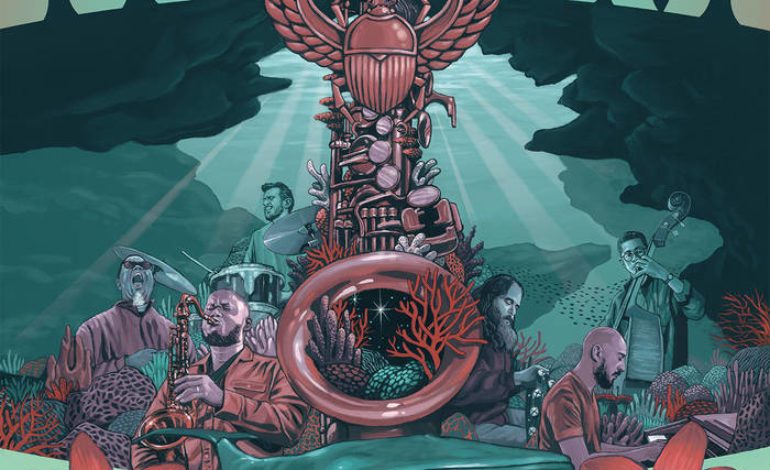

Freedom breathes life into jazz as a live album
There is a lot to be admired about both a raw and ambitious live performance. It’s the audience’s applause at the end of the ensemble’s intense jazz sessions that remind listeners that this performance was live, as Freedom’s crisp production fools anyone to believe otherwise. With so much jazz to eat up in the hour and thirty run time of Freedom it can be overwhelming, often feeling too disjointed to create an underlining experience. It’s easier to view Freedom as a compilation celebrating the uniqueness of jazz genres and lead vocalist Dwight Trible’s voice. There really is a little something for any jazz enthusiast in Freedom, and while the first half might snug itself closer to works within the realm of spiritual jazz and jazz fusion, there is no nook and cranny within jazz that is not explored by the end of the project
Easily the most saturated song with jazz fusion is the opener, “Upper Egypt.” A barrage of synth keyboard that would make the likes of Herbie Hancock smile pairs well with the insanity saxophonist Teodross Avery provides. As Avery’s screeching wails of the saxophone rain rampant the drums keep pace and eventually switch into a tribal solo that enforces such a dramatic presence and ending that feel like an entire story within its percussion section. Tommaso Cappellato’s drums shine most on “Upper Egypt,” but that isn’t to be said that they are underwhelming on any of the other tracks. Musically “Upper Egypt” feels the most impressive, although every instrument under the sun joins in to play a tune, the track feels big, even including electronic laser sounds somehow fits all too well.
“Elevation” is the first introduction to Trible’s vocals and while he can sing as serious and heartfelt as the likes of Louie Armstrong, his tribal hums and chants veer away from demonstrating vocal range. That isn’t to say they don’t fit the eerie atmosphere and religious tones within “Elevation,” all reaching a summit where they burst into religious freedom and energy. “Colors” also limits the vocals into a brainwashing game of colors, creating both an uncomfortable and beautiful experience, largely guided by its lightness in instrumentation.
“The Creator Has a Master Plan,” “You’ve Got to Have Freedom” and “Love is Everywhere” are the best examples of Dwight Trible bellowing out some soulful gospel-inspired big band feels. “You’ve Got to Have Freedom” explodes with emotion as the gospel tones carry so much history within their sound, without reducing any impact on the vocal performance, the instruments carry a glimpse of funk within the track’s runtime. “Love is Everywhere” is sweet and simplistic, it’s a joyous tune with a tropical jazz sway. “The Creator Has a Master Plan” is where the experimentation can become indigestible and overwhelming. Trible’s scatting and repetitive groaning throughout cannot sustain a fifteen-minute run time with less creativity to show than other tracks. The electronic mixing somehow veers away from a comprehensive addition and sticks out more like a sore thumb, and at times shakers, tambourines, and bells feel like an unnecessary element to an already solid percussion.
Freedom tends to jump around switching its core sounds. “Thembei” is a fantastic dip into cool jazz, utterly refreshing and benefits from a lack of experimentation and an emphasis on bass. “Mansions World” fills any ’50s bar with cigarette smoke, a sweeping romance on the piano and mystery in the bass, easily fitting into any noir soundtrack as it exudes a crime jazz feel. It might be an odd choice to include such genres, but they are done so well that it works, although when they don’t live up to snuff, they feel like an odd addition. “Ore Se Rere” is a stab at Latin jazz that fails to establish a non-generic sound. “Astral Traveling” is atmospheric, and its use of tempo creates a spacey floating feeling, although it seems to be a missed placement of electronic elements that were so thoughtfully executed in “Upper Egypt.”
Freedom is an exploration of so many things, for the most part, there is an understanding of how to create dynamic music in a fitting allotment of time. There is a lot to take in here, it’s a great experience to allow such a lively performance to sink in. Most of all that is what Freedom demonstrates, a performance celebrating jazz and the nuances within.
